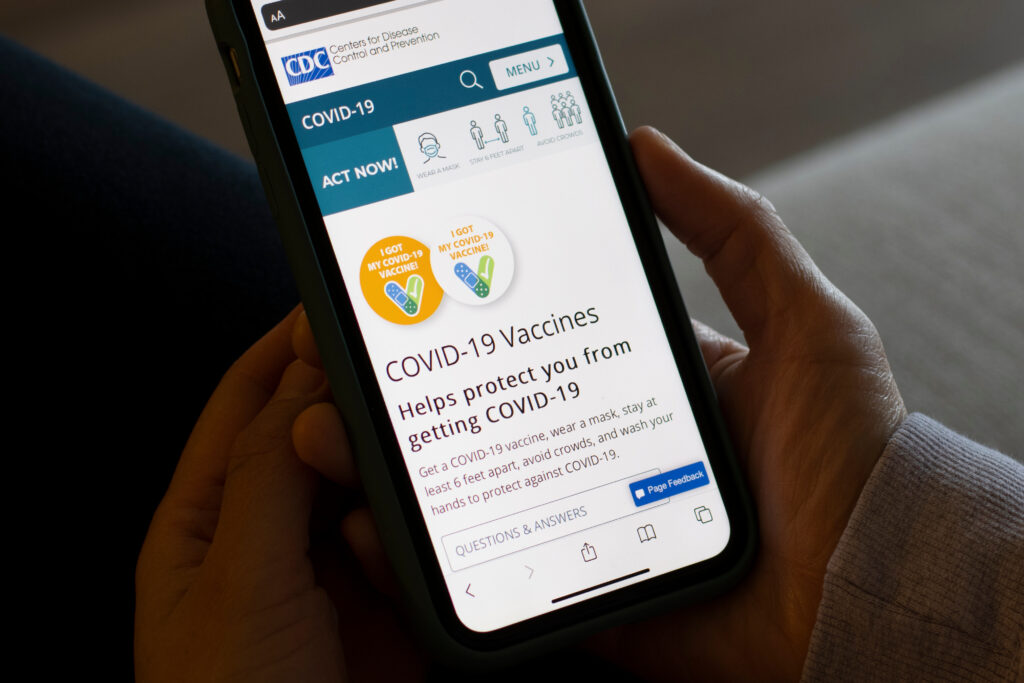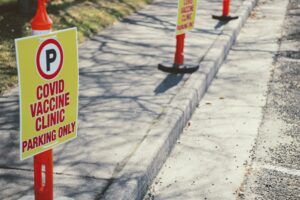As COVID-19 cases increase and officials warn of a potential new surge, confusion still bedevils our public health messaging. Who really needs a second booster? If cases are rising, when should we change our behavior? When and where should we keep masking? And since it appears we can’t eradicate COVID, what does living with the virus forever mean?
Key Takeaways:
- From vaccines and boosters to masks, people must wade through a lot of information to make a decision about their behavior.
- Clear messaging is critical. Without it, bad decisions are inevitable.
- Public health officials should make decisions easy and make thresholds transparent.
A large part of the problem is the nimbleness of the virus itself.
The first COVID iteration triggered a massive and clear public health message: stay home except for essential needs. The advent of vaccines triggered another clear message: get vaccinated to avoid serious illness. But subsequent virus mutations—Delta and Omicron–muddled the picture. Suddenly we began hearing about “breakthrough infections” and the need for booster shots: maybe not for everybody, but certainly for the elderly. And then, maybe for younger people too.
Sign up for Schaeffer Center news
Then came Omicron BA.2, and the possibility of another wave has prompted public health officials to urge a second booster. But not for people under 50. Unless you live in Britain, in which case it’s no one under 75. Or Sweden, where it’s only for people over 80.
Masking has gone through similar phases.
At first masks were not recommended. Then everyone should mask up, even with bandanas, except when home. Then paper-like surgical masks which protect others from you were urged on the public, followed by N-95 or KN95 masks which offered personal protection. Kids don’t often get sick from Covid, but most schools mandated masks for them until recently. Restaurants, stadiums and entertainment all had different rules or recommendations. Some of these changes in recommendations may reflect changes in available science. But this was not always clear.
Upshot: Lack of Clarity leads to Confusion
Even the authors of this piece are not clear about who should be getting a second booster right now, or when to mask up. Public health officials have a serious communications issue about what the public should do going forward to combat COVID. Mandates and shut-downs may be controversial, but at least they were easily understood. Now, as danger remains but decision-making is devolving more and more to individuals, clear messaging is critical. Without it, bad decisions are inevitable.
Make it Clear
Getting more people vaccinated is vital. In Los Angeles County alone, 1.7 million people over 5 years old haven’t received a single dose, and 2.8 million vaccinated residents 12 and older haven’t received a booster. To combat vaccine resistance and fatigue, communications must be in everyday language, both for ease of understanding and to make information easier to find online. We need to make the reasons to act easier to grasp and instructions easier to follow.
Make it Easy
Boosters should be available widely in neighborhoods, at work and pop-up clinics. Similarly, masks should be ubiquitous, free and encouraged in the event another surge occurs. Any barriers to implementing recommended behaviors should be removed.
Make Thresholds Transparent
We need to be clear when we talk about Covid risk and its variability. The virus seems destined to be a part of our lives very much like the seasonal flu, but with chances of much more menacing surges. Just like weather forecasters alert us when we will need an umbrella, public health officials should set out thresholds for mask use that are understandable and don’t change.
No matter how it is framed, the essential ingredient is communicating.
How well public health officials reach the public with clear and compelling messages will be a major factor in whether COVID-19 reemerges as a major threat or stays on a path to endemic, rather than pandemic, status.
Related Work
-
Press Release
Traditional Vaccination Playbook Doesn’t Work with COVID



